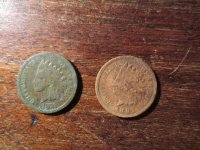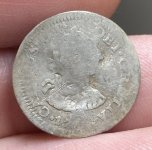John-Edmonton
Silver Member
- Mar 21, 2005
- 4,400
- 3,951
- Detector(s) used
- Garrett- Master Hunter CX,Infinium, 1350, 2500, ACE 150-water converted 250, GTA 500,1500 Scorpion, AT Pro
These methods work well on the Garrett GTI Series and the Garrett ACE Series metal detectors. If you swing another make or model, you will have to try a different approach, but the same principles prevail. Keeping the batteries warm keeps them running longer, and keeping the electronics warm, keeps the LCD from slowing down and the knobs from getting stiff. Remember to read your manual and operate your detector at the recommended temperature range. If your detector permanently malfunctions from operating in the cold, it could void your warranty. Now having said that, I have run my ACE 250 at - 25 with no problems, and -10 with my GTI & GTA models.
Supplies:
- Some air activated hand warmers (Wal-Mart)
- Duck tape
- Bubble wrap (small bubble type)
GTI Series Below:
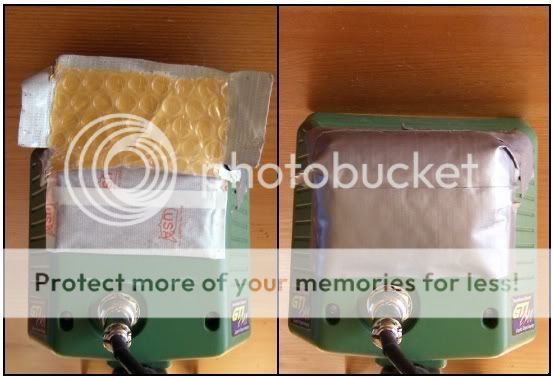
Grab one of those hand warmers, activate as per the instructions written on the package, set behind the LCD as shown, cover with some bubble wrap (helps insulate the hot-pack)then apply duck tape to secure it. Make sure you cover the whole hot-pack.
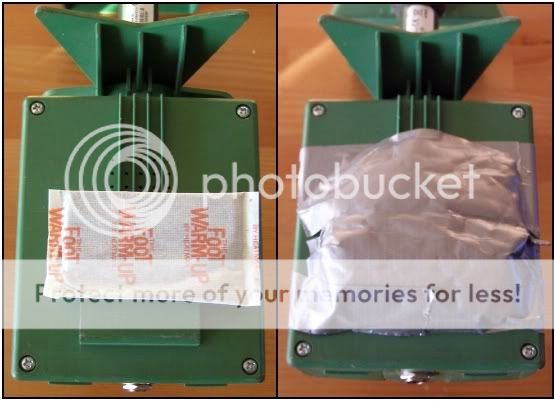
To save the battery life, us the same procedure as above, only attach the hot pack underneath the battery pack.
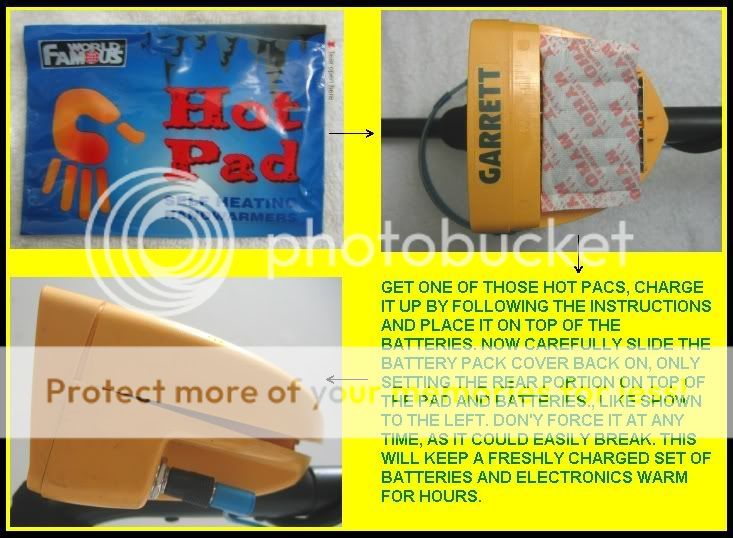
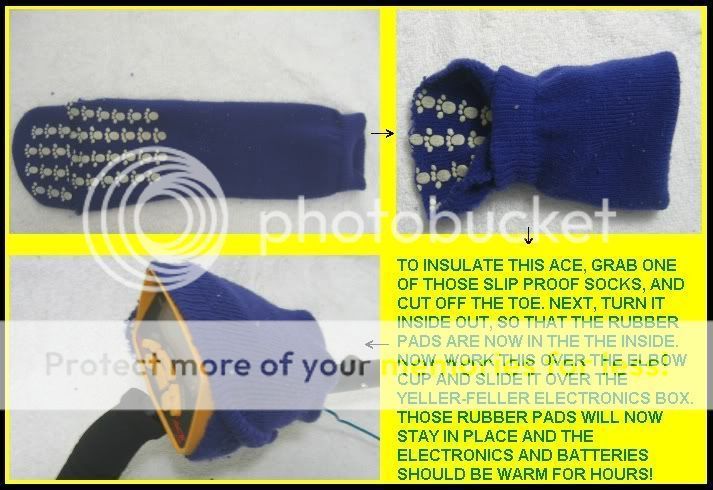
Supplies:
- Some air activated hand warmers (Wal-Mart)
- Duck tape
- Bubble wrap (small bubble type)
GTI Series Below:

Grab one of those hand warmers, activate as per the instructions written on the package, set behind the LCD as shown, cover with some bubble wrap (helps insulate the hot-pack)then apply duck tape to secure it. Make sure you cover the whole hot-pack.

To save the battery life, us the same procedure as above, only attach the hot pack underneath the battery pack.









